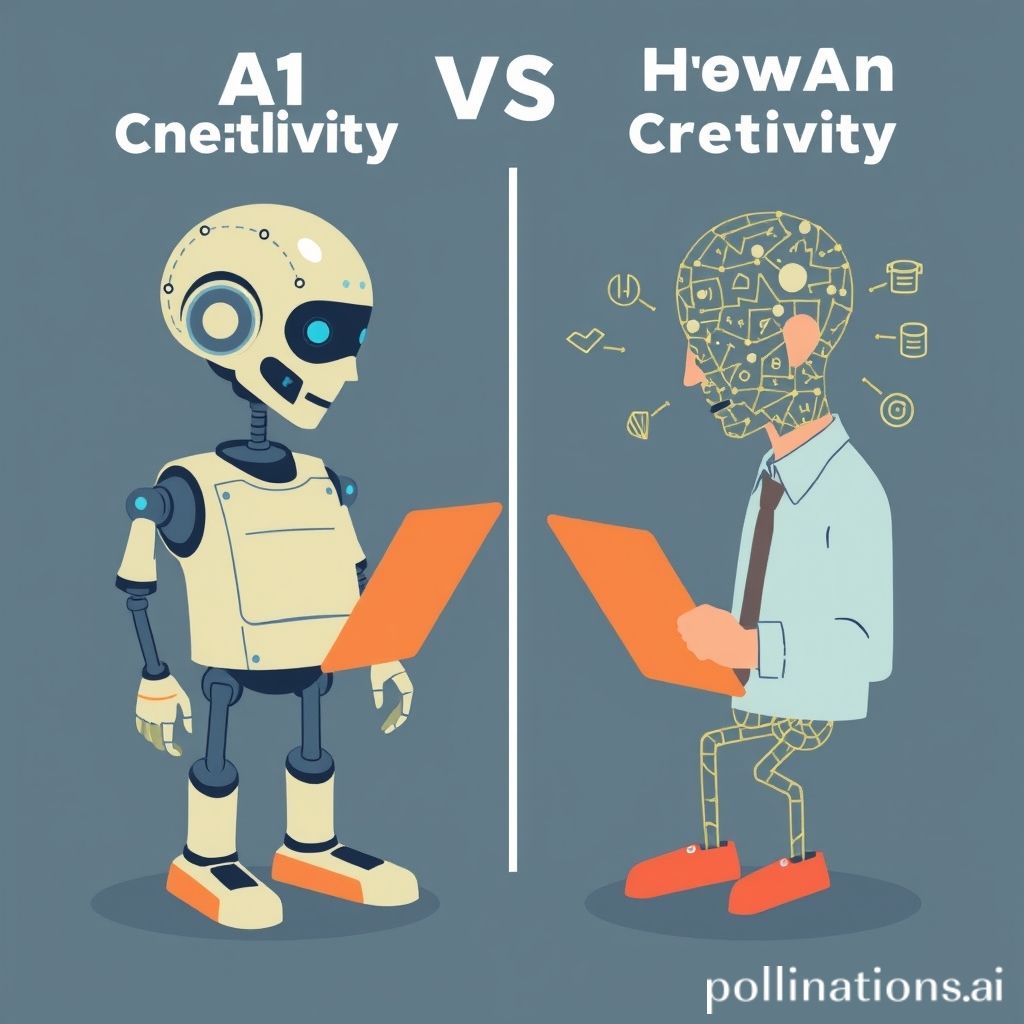Table of Contents
- Introduction
- Understanding the Role of AI in Streamlining WordPress Content Creation
- Exploring AI-Powered Plugins for Automated WordPress Workflows
- How AI Content Generators and Writing Tools Optimize Blog Writing
- Integrating GPT-Based AI Writers into WordPress for Auto-Blogging
- Utilizing AI-Powered Tools for Effective Content Automation
- The Subtle Art of Using AI to Generate Engaging Blog Content
- Demystifying AI Copywriting: From Paragraph Rewriters to Hook Generators
- Future Trends: AI Content Creation and the Evolution of WordPress Blogs
- Conclusion
- Frequently Asked Questions
Introduction
In the ever-evolving landscape of digital publishing, staying ahead of the curve is paramount. Enter WordPress AI: a groundbreaking tool poised to reshape the realm of content creation. Imagine a world where crafting compelling content is no longer a tedious process but a seamless collaboration between human creativity and artificial intelligence. That’s the promise of WordPress AI, a pioneering integration that’s driving a paradigm shift in how we approach digital narratives.
WordPress AI is not just a technological innovation; it’s an invitation to revolutionize how we think about online publishing. With its ability to amplify creativity, streamline workflows, and predict content trends, this AI-powered platform is transforming the ways stories are told and consumed. Whether you’re an established publisher or a budding blogger, understanding the capabilities of WordPress AI could be your key to unlocking unprecedented potential in digital content creation.
As we delve deeper into the intricacies of WordPress AI, prepare to discover a world where traditional boundaries fade, and new opportunities emerge—a world where your next great story is just an algorithm away. Buckle up as we explore how WordPress AI is changing the face of digital publishing and what it means for creators everywhere.
Understanding the Role of AI in Streamlining WordPress Content Creation
Imagine this: You’re juggling a million things at once, and there’s that looming deadline for publishing that blog post. Ah, the art of multitasking! What if there was a magical tool, almost as if summoned from the pages of a sci-fi novel, that could make your life simpler? Enter AI into the WordPress world—not as a mere tool, but more like a loyal sidekick in your content creation journey. It’s like having an invisible co-writer, tirelessly helping draft content, suggest headlines, and even sprinkle in a bit of SEO fairy dust.
By now, folks might wonder if AI could replace the warm touch of human creativity. But here’s the twist—AI’s role isn’t to overshadow, but to illuminate your path. It streamlines cumbersome tasks, allowing room for coffee breaks and bursts of inspiration. Picture an artist with a paint-by-numbers kit. Sure, the outlines are there, but the heart and soul of the masterpiece—well, that’s all you!
From suggesting topics based on trending keywords to ensuring those all-too-important meta tags are in place, AI acts like the unsung hero behind the scenes. So, next time you’re blogging away on WordPress, remember, there’s a little digital muse working silently, helping craft your story to perfection.
Exploring AI-Powered Plugins for Automated WordPress Workflows
Imagine you’re sitting at your desk, coffee in hand, staring at the blinking cursor on your WordPress dashboard. The task ahead seems never-ending—until, like a knight in shining armor, AI-powered plugins come to the rescue. These digital wizards are transforming how we manage our WordPress workflows.
Think of these plugins as a conveyor belt in a busy kitchen, speeding up tasks that once devoured too much time. From content creation to search engine optimization, they handle it all. Zap! There goes the tedious formatting, and whoosh! Content optimization is done before you can say ‘plug and play’. It’s like having a silent but efficient helper who never takes a coffee break.
Now, isn’t it ironic? Once upon a time, painstaking hours were spent perfecting these details. Today, a few clicks, and voilà! An entire post polished to perfection. With AI, WordPress workflows aren’t just automated—they’re elevated. But beware! Hidden beneath the allure of speed and efficiency lies the subtle reminder that technology’s clock ticks faster than ever. So, embrace these modern marvels because, let’s face it, in the ever-changing digital dance, you wouldn’t want to be left behind, would you?
How AI Content Generators and Writing Tools Optimize Blog Writing
In the bustling bazaar of the blogosphere, AI content generators are like trusty sidekicks, whispering wisdom into writers’ ears. These digital wizards, with their algorithms and data-driven insights, have revolutionized the way we pen our thoughts. Imagine setting sail with a compass that not only points north but also forecasts the weather and spots hidden treasures! That’s what these tools do for blog writing.
By analyzing trends, reader preferences, and relevant topics, they ensure your content doesn’t just float but makes waves. They’re a godsend for those pesky writer’s blocks, turning your stray ideas into a tapestry of tales that’s as engaging as it is informative. With the stroke of a key, you transform scattered thoughts into structured blocks of brilliance.
But there’s irony here too—these emotionless machines breathe life into words, giving a beat to the heart of your message. Amidst this digital symphony, the onomatopoeic clatter of keys becomes a melody of creativity. With a sprinkle of hyperbole and a dash of alliteration, AI-driven tools promise not to replace the irreplaceable human touch but to enhance our storytelling prowess, making each post a masterpiece in its own right.
Integrating GPT-Based AI Writers into WordPress for Auto-Blogging
Ever wondered how to maximize your blogging efforts without breaking a sweat? Well, integrating GPT-based AI writers into WordPress can be your golden ticket. Imagine a cozy corner café where words flow like rivers, yet you sit back, coffee in hand, watching the magic unfold. That’s the charm of auto-blogging with AI. In truth, it’s almost like having a tireless assistant working round the clock, churning out articles with the rhythm of a hummingbird’s wings.
By connecting AI tools to WordPress, you’re essentially setting up an assembly line of content production. All you need to do is set the parameters, choose your favorite topics, and voilà! Like clockwork, the AI takes over, spinning tales with a flair that’s both captivating and coherent. Sure, you might worry if this soulless scribe can truly capture the human element, but technology has a knack for irony, doesn’t it?
Thus, with a sprinkle of imagination and a touch of creativity, AI writers transform into digital muses. They allow you to focus on other creative pursuits without sacrificing quality. As the saying goes, ‘leave no stone unturned,’ and this approach ensures every piece of content gets its moment in the sun while keeping your workload at bay. So, why not give it a whirl?
Utilizing AI-Powered Tools for Effective Content Automation
Alright, imagine you’re a master painter, but instead of a brush, you wield an AI-powered tool. This nifty tool doesn’t just splash color on the canvas; it learns your style and churns out masterpieces at the click of a button. That’s what AI does for content automation! It’s like having a personal assistant who’s working ’round the clock, never taking a break. Talk about a dream come true, right?
These sophisticated digital pals use algorithms to analyze data quicker than you can say ‘Jack Robinson.’ They predict trends, suggest blog post topics, and even draft that newsletter you’ve been putting off. It’s as if they’ve got a crystal ball telling them what your readers secretly desire. But oh, the irony! The very bits and bytes designed to mimic human creativity can itself become a storytelling maestro. The future of content creation is now, and it’s got an AI twist.
Picture this: It’s a bustling newsroom, minus the sweat and coffee stains, humming robotically. Yet, at its heart, human ingenuity steers the ship, building a bridge where AI and authentic connection meet. Now, isn’t that the kind of content concoction we all crave for in this fast-paced digital age?
The Subtle Art of Using AI to Generate Engaging Blog Content
Whipping up blog content that dances off the page like a catchy tune sounds like a Herculean task, doesn’t it? But here comes AI, striding in like a knight in shining armor. With AI tools in WordPress, crafting compelling content is like having a chat with an old friend over coffee. Looking at AI as your creative assistant, it’s kind of like that ever-reliable dog who fetches ideas that you never even knew you threw. This tech marvel helps sprinkle just the right words that ring true like the sound of a cash register for readers.
Picture yourself as a conductor guiding a symphony of ideas where AI’s the sheet music. As AI aids in piecing together your mosaic of narratives, it’s like watching a puzzle come to life. There’s irony too; while AI dabbles with its zeros and ones, it’s cool to see how it fosters a warm, engaging human story. Remember that time you’d sit by grandma as she told timeless tales? AI lets you tap into that rich storytelling tradition with a click. Foreshadowing a future where content creation is both art and tech, AI’s subtly lending us a pen to rewrite the rules of engagement.
Demystifying AI Copywriting: From Paragraph Rewriters to Hook Generators
AI copywriting is like a mysterious creature that’s wandered into the realm of content creation, leaving writers both excited and bewildered. It’s a tech marvel that’s changing how we spin our tales, from reworking paragraphs to setting a hook you can’t resist. Imagine a writer’s workshop where the apprentice is a computer. The AI, a curious student, learns the style, the tone, and even the rhythm of language to craft content that reflects a human touch.
On a rainy day, just as you sit with a hot cup of coffee, there’s the thrill of witnessing AI perform magic. With a bit of irony, it sometimes struggles with humor—like telling a joke and misplacing the punchline. But with time, it gets better, becoming the Mozart of message-making, harmonizing keywords and creativity.
Remember the tale of the tortoise and the hare? Slow and steady—or in this case, smart and steady—wins the race. AI, with its clever algorithms, churns out content quickly but learns delicately. The hum of the computer working quietly in the background is akin to a trusted friend, ready to lend a hand or, well, a CPU. As symbolic as a quill pen in the digital world, AI is here to stay, paving paths in the landscape of letters.
Future Trends: AI Content Creation and the Evolution of WordPress Blogs
Picture this: WordPress blogs bustling with content as vibrant as a bustling bazaar, where words almost jump off the page. Yup, that’s the future knocking at our door, and AI content creation is holding the key. Bloggers, once seen as wizards juggling words, now find themselves in a whirlwind of change. AI has become their sidekick, conjuring up content like never before. Oh, the irony of it all! AI, once a toddler in tech timing, now runs like the wind, shaping how bloggers spin their stories.
With AI’s magic touch, blog posts are not only written more efficiently but also fine-tuned to tickle the audience’s fancy. While some may shout, “Blimey! Machines, writing stories?” others foresee a dazzling horizon where AI paints the imagery, yet humans sprinkle the imagination. Like a simile smooth as silk, AI tools offer suggestions that bloggers can polish till they shine like the morning sun.
WordPress itself is dancing in the AI parade, integrating smarter tools that understand every nook and cranny of content creation. Imagine whispering ideas to a machine that pens them down quicker than a cat on a hot tin roof. A scattered post comes together like a jigsaw, thanks to AI-driven insights. What once sounded like future talk is now tiptoeing into every blogger’s toolkit, promising a ride filled with surprise and flair.
Conclusion
The landscape of digital publishing is undergoing a seismic shift, driven by the remarkable capabilities of AI integration in WordPress. As explored throughout this article, AI tools are not just a fleeting trend but a game-changer in how content is crafted, optimized, and delivered. From streamlining creation processes to enhancing SEO strategies, AI is reshaping the publishing world, allowing creators to focus on the brilliance of their storytelling. However, those who neglect such innovative solutions risk falling behind in this fast-evolving domain. Take action now by exploring powerful tools like WPHorde to stay ahead. Embrace this digital revolution, let AI be your ally in content creation, and ensure your content not only meets but exceeds the market demands, giving you the edge in the crowded blogosphere.

















